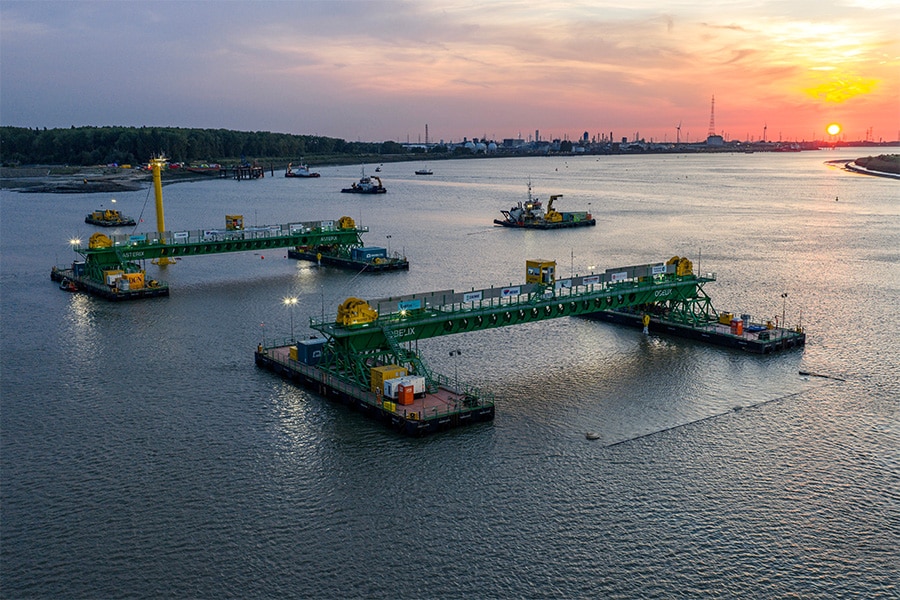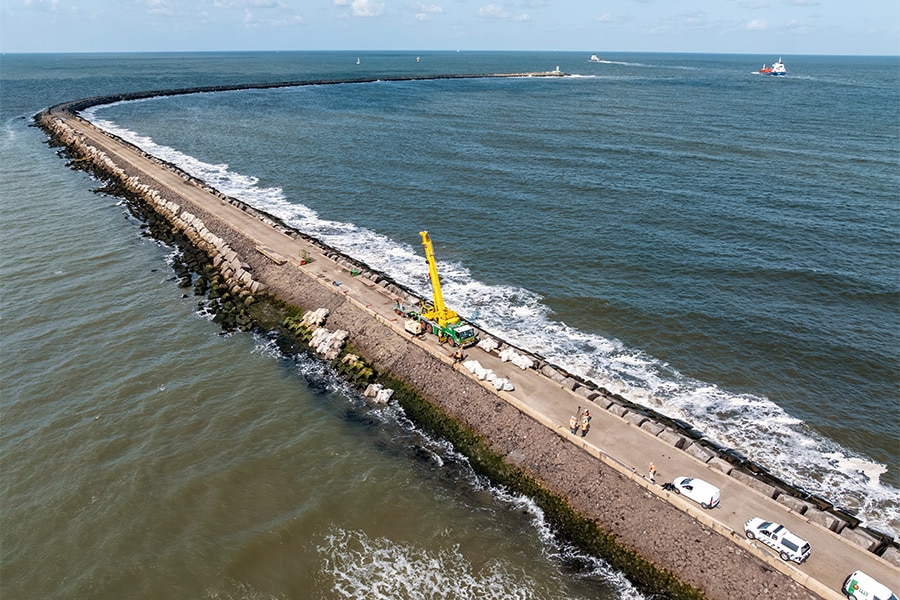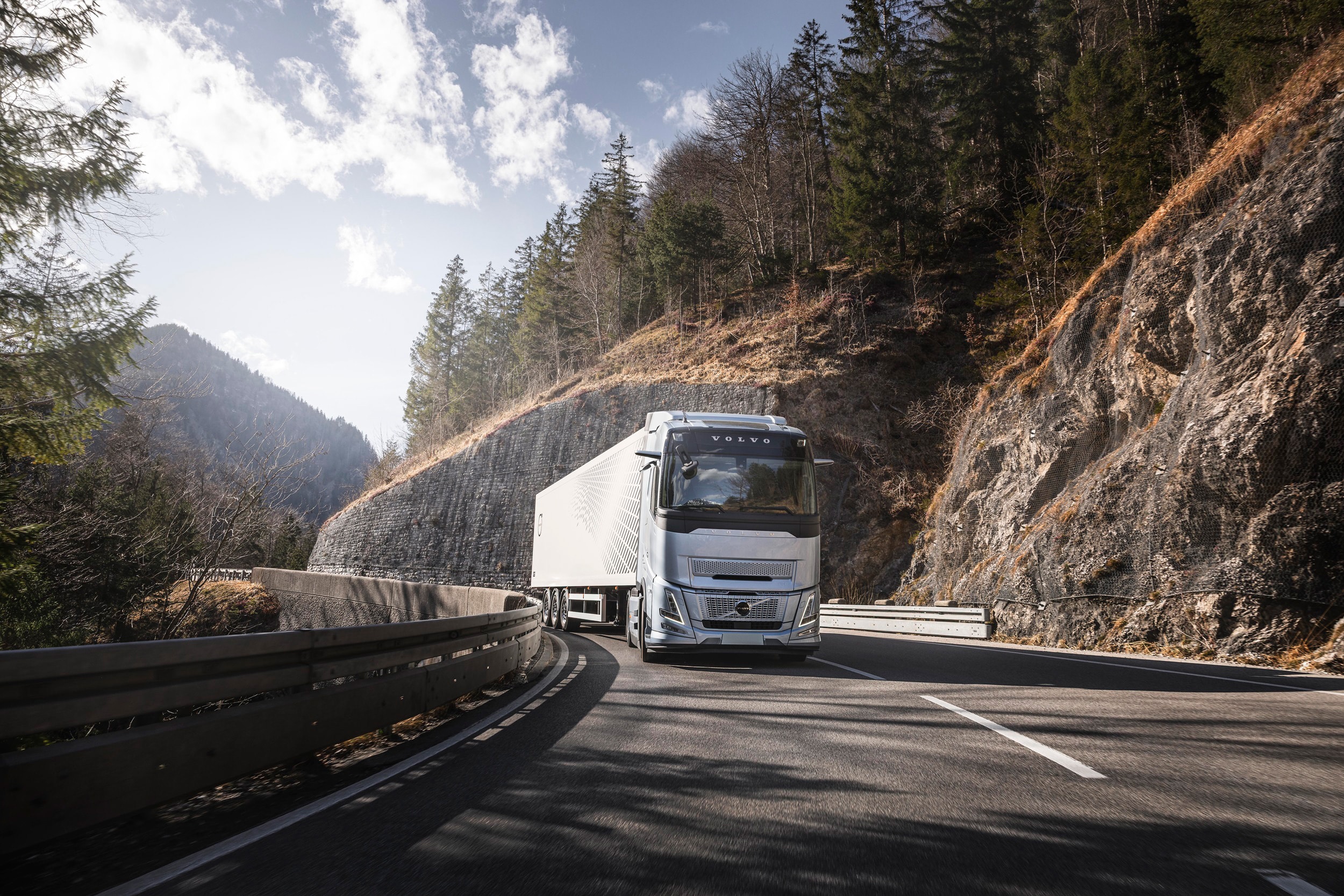
N737 to become the smartest road in the Netherlands
The provincial road N737 between Enschede and Deurningen (Overijssel) is undergoing a major overhaul. From mid to late 2019, major maintenance will take place over a length of 6 km with the aim of creating a safe, sustainable and the most innovative road in the Netherlands.
The N737 is a provincial road for which Strukton Civiel North & East has been commissioned by the Province of Overijssel to make a safe, sustainable and innovative road. To this end, Strukton has developed innovations with several regional parties, including MOTIS. This will ensure a sustainable and better traffic flow. For example, there will be a smart intersection with a traffic control installation (VRI) that 'thinks along' with the traffic. Vehicle detection in this intelligent traffic control system is done via sound sensors. Jan Hendrik Fischer, area manager at Strukton Civiel North & East calls this a unique development: "The traffic light can be linked to an app that 'recognizes' you if you pass by at a fixed time every day. By using the SMART+ app and detection via sound sensors, the traffic light knows exactly when traffic is passing, whether it is slow, fast or heavy. All to ensure less waiting time at the traffic lights and an environmentally friendly flow of traffic."
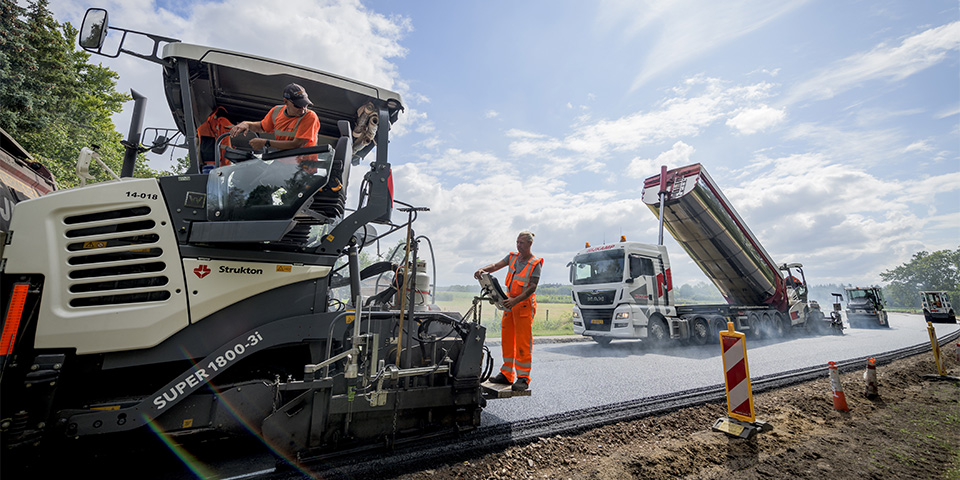
Application of asphalt overlay N737.
Dynamic lanes
In addition, Strukton is installing a dynamic lane arrangement. Two lanes will be dynamic which means that traffic will be directed in different directions depending on supply. For example, during rush hour, the lane for straight through traffic will be used for large flows of traffic turning left, creating a better flow. Strukton has also come up with a solution for slow traffic. "Agricultural passing lanes with sound detection that measures traffic," Fischer says. "If a tractor is driving on the road, fellow road users are notified. The agricultural vehicle can thus safely swerve to a passing location and other traffic can continue on without dangerous overtaking maneuvers."
Circularity and lower CO2-consumption
Furthermore, the road will be performed in asphalt with 97% of secondary materials. This Greenfalt is used for all layers including the top layer. Fischer: "Very sustainable. This asphalt mixture, made from recycled ZOAB and railroad gravel, gives a lower CO2-consumption."
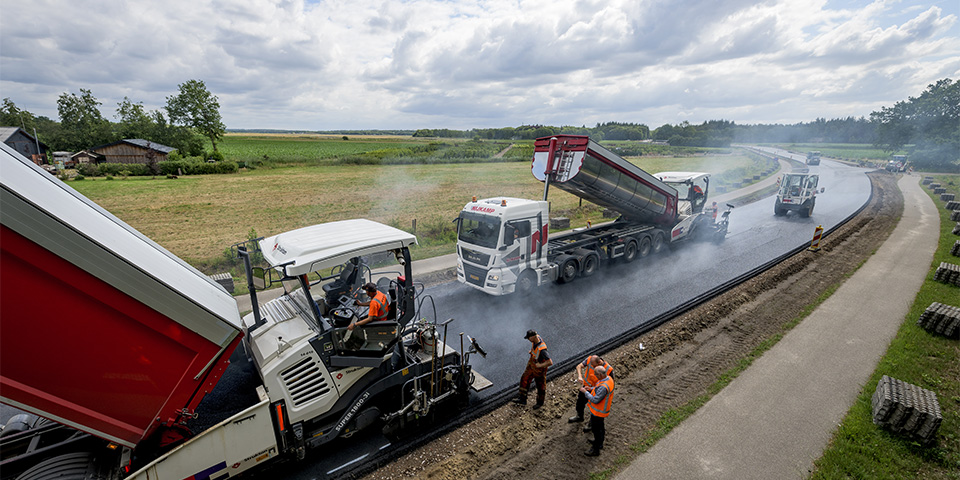
Sustainable broadening
Finally, the asphalt road will be sustainably widened with cementless concrete, minimizing the need to remove existing asphalt. "The same material as the first cementless concrete traffic circle in Europe, which we developed and also realized a year and a half ago in the N737," Fischer said.
